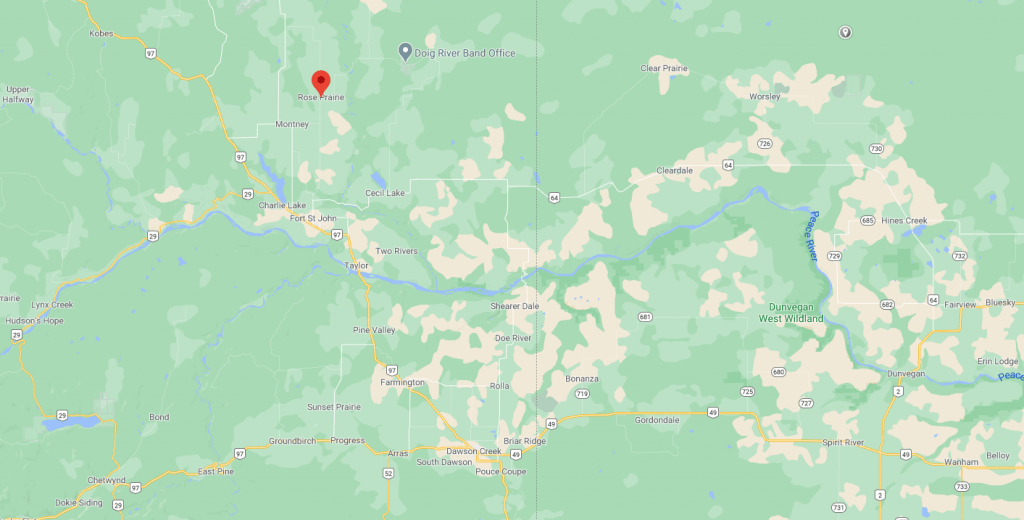
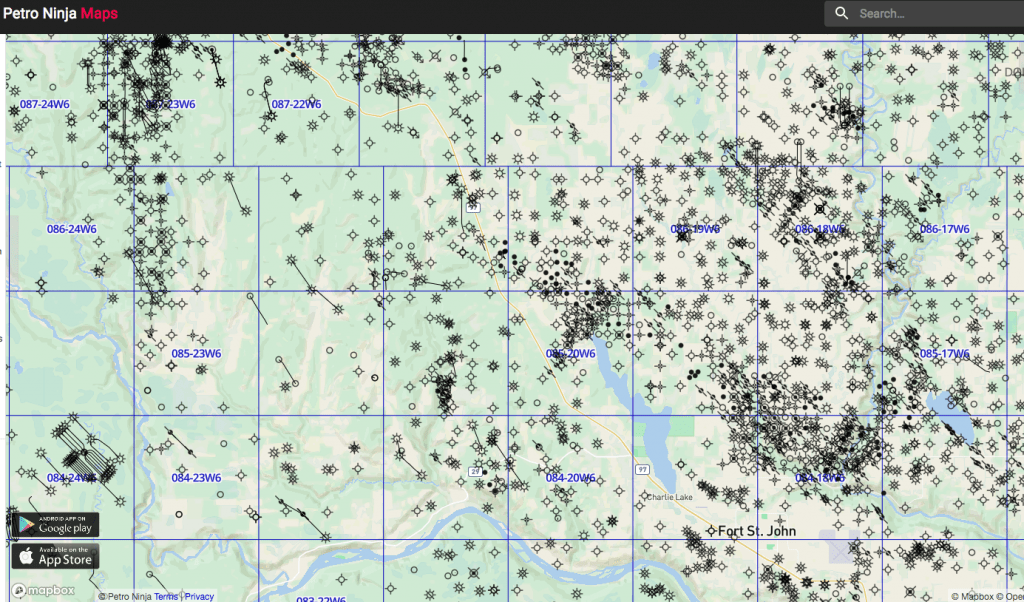
Rose Prairie is 31 km north of Fort St John
The gas-contaminated water well for the Rose Prairie potable water station, with two energy wells south of it:
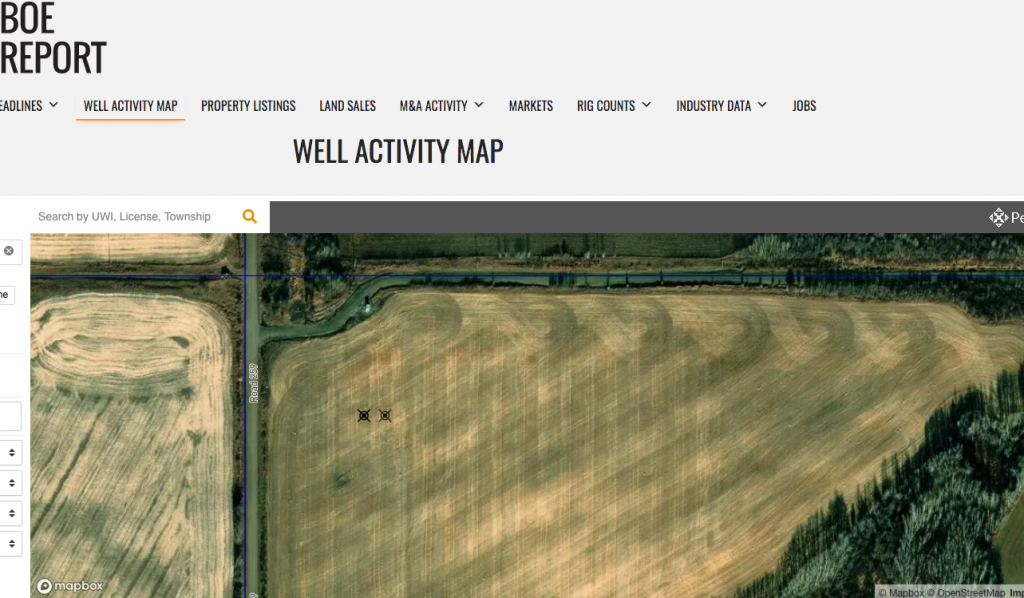
Information on the two energy wells south of the contaminated water well:
| Wellbore UWI | 102/13-22-086-18W6/00 |
| Licensee | STRATHCONA RESOURCES LTD. |
| Surface Location | 13-22-086-18W6 |
| Field | OAK |
| Spud Date | 1996-10-24 |
| Wellbore UWI | 103/13-22-086-18W6/00 |
| Licensee | STRATHCONA RESOURCES LTD. |
| Surface Location | 13-22-086-18W6 |
| Field | OAK |
| Spud Date | 1997-11-19 |
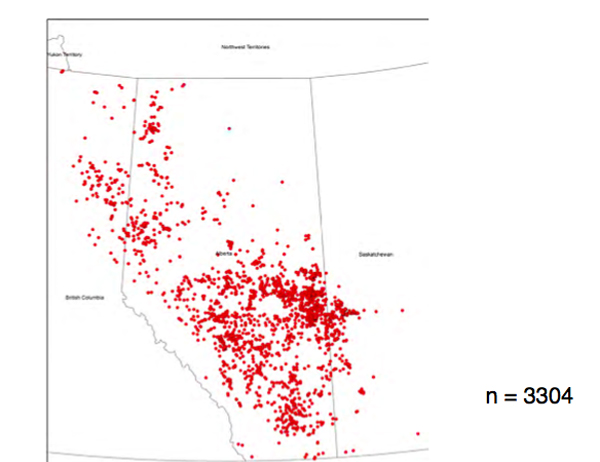
2014 08 01: Leaking energy wells in NEBC, Alberta and SK, studied by Dr. Karlis Muehlenbachs and Dr Barb Tilley at the University of Alberta. How many more energy wells leaking since? How many by frac quakes damaging energy well casings? Who is looking?
Explosive levels of gas leads to Rose Prairie water station decommissioning request by Tre Lopushinsky, Mar 3, 2021, Energetic city.ca
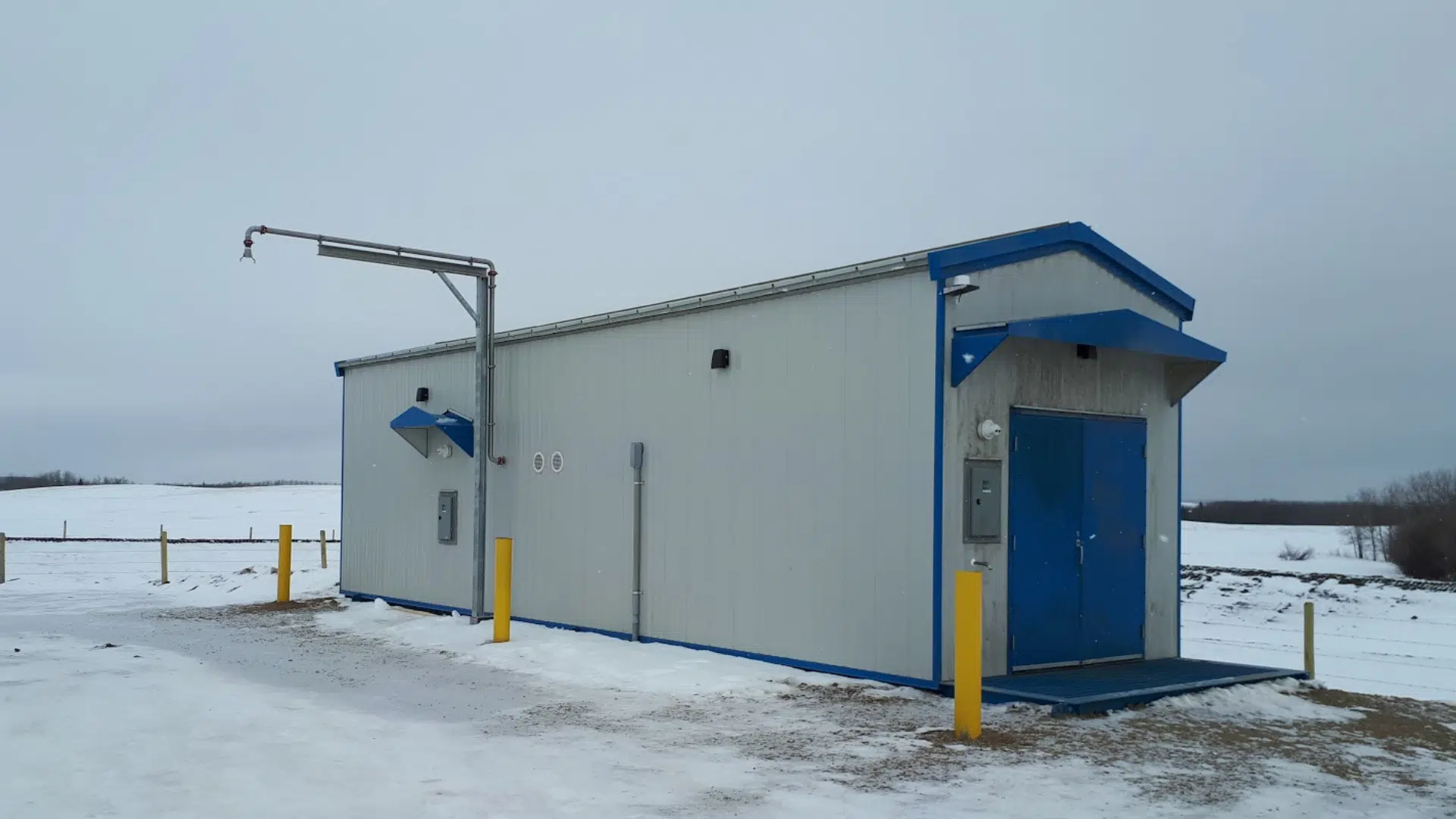
Rose Prairie tankloader. (Jeff McDonald, PRRD)
ROSE PRAIRIE, B.C – The Peace River Regional District is leaning towards closing the Rose Prairie water station after explosive gas levels were found.
In a March 4th report to the PRRD, Kari Bondaroff, Environmental Services Manager, recommends the Regional Board authorize the closure of the Rose Prairie Potable Water Bulk Fill Station and cease all operations. This includes termination of all legal agreements and removal of all physical infrastructure assets located within the district.
A final check was being done to the station on February 21st when the operator noticed a change in the treatment storage tanks, which turned out to be the gas levels. The station was expected to open to the public the next day.
Lower explosive limits (LEL) monitors detected high gas levels in the well casing, but none were detected in the pump house, which was also tested. The well, where the source water is from, is contained in a small pump house, 1.4 km from the bulk tankloader.
On February 22nd, when the station was expected to open to the public, more tests were conducted on the water storage tanks, the pump house and well casing. LEL levels were dissipating in the storage tank but so were oxygen levels at the floor and ceiling level of the pump house. High levels of LEL were still detected in the well casing.
The station was immediately powered off, and production of water was ceased. WorkSafe BC, Northern Health, and the BC Oil and Gas Commission (OGC) were notified.
“To date, the information by site operators and verified by the OGC, makes it clear that the water chemistry from the source well has changed since Friday, February 19th, to the point where it is affecting operator safety. Prior to this date, there have never been LEL concentrations detected at either the well pump station or the tankloader site,” says Bondaroff in the report.
Bondaroff adds the OGC found similar LEL levels in the well casing on February 25th with no levels detected at the tankloader. However, the station had also not produced water in four days.
The PRRD has spent $919,169 to build the station, with another $407,233 being spent on operational costs, including contractor rates, property lease payments, electricity, and insurance.
Along with the recommending for the Regional Board to authorize the closure of the Rose Prairie Potable Water Bulk Fill Station and cease all operations, Bodnaroff is suggesting a virtual meeting be held with residents before the end of March.
The board is also asked to authorize a feasibility study to identify potentially treatable surface and/or groundwater sources to establish a potable water bulk fill service station.
Explosive gas levels halt Rose Prairie water station plans, The PRRD has spent $919,169 to build the station, and another $407,233 on related operational expenditures by Matt Preprost, March 3, 2021, Alaska Highway News
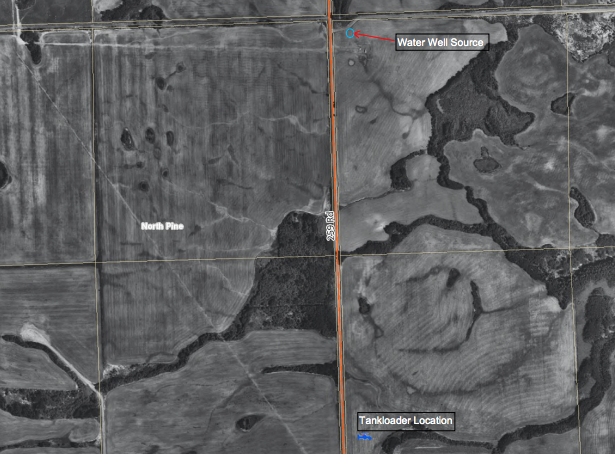
1 Water well source / 2 Rose Prairie Tankloader. (PRRD/Judith Chinn)
The Peace River Regional District is looking to decommission the newly built water station in Rose Prairie after explosive levels of gas were found in its system the day before it was to open to the public.
According to a March 4 report to the Electoral Area Directors Committee, the station’s operator was conducting final checks on the system on Feb. 21 when they observed a change in the treatment storage tanks. Further testing of the air within the tanks found explosive levels of gas.
The source water is from a well, contained in a small pump house, 1.4 km from the bulk tankloader.
The pump house was also tested, and while levels in the building were found to be 0%, lower explosive limits (LEL) monitors detected high levels of gas in the well casing, Environmental Services Manager Kari Bondaroff notes in the report.
Further testing of the tanks, pump house, and well casing, was done Feb. 22, the day the station was scheduled to open.
LEL levels had dropped by two-thirds, indicating that gasses were dissipating. Within the pump house, no LELs were detected, however, low levels of oxygen were detected at the floor level and the ceiling level. Within the well casing, high levels of LEL were still detected.
WorkSafe BC, Northern Health, and the BC Oil and Gas Commission were notified.
“The station was immediately powered off and production of water was ceased at that time,” writes Bondaroff.
“To date, the information by site operators and verified by the OGC, makes it clear that the water chemistry from the source well has changed since Friday, February 19, 2021 to the point where it is affecting operator safety. Prior to this date, there have never been LEL concentrations detected at either the well pump station or the tankloader site.”
A team from the OGC site visited the site on Feb. 25 and found high levels of LELs in the well casing. At the tankloader, no LELs were detected, however, the station had also not produced water for four days, Bondaroff notes.
A formal waterwell complaint was filled with the OGC’s compliance and enforcement department, as well as its hydrogeologist and hydrologist, Bondaroff adds.
The PRRD has spent $919,169 to build the station. Another $407,233 has been spent on related operational expenditures, including contractor rates, property lease payments, electricity, and insurance, according to the report.
Bodnaroff is recommending the Electoral Directors Committee authorize the station’s closure and decommissioning, as well as the removal of all physical infrastructure.
Bodnaroff is also recommending a virtual meeting be held with residents before the end of March, and that the committee recommend the PRRD’s regional board authorize a feasibility study to identify alternative treatable surface or groundwater sources to establish a potable water bulk fill service station.
Report To: Electoral Area Directors Committee Report Number: ENV-EADC-011
From: Kari Bondaroff, Environmental Services Manager Date: March 4, 2021
Subject: Area B Water – Rose Prairie Water Station
RECOMMENDATION #1:
That the Electoral Area Directors Committee recommend that the Regional Board authorize the closure of the Rose Prairie Potable Water Bulk Fill Station and cease all operations; further, that the Rose Prairie Potable Water Bulk Fill Station be decommissioned including termination of all legal agreements and removal of all physical infrastructure assets located within the PRRD Statutory Right of Way for the Rose Prairie Potable Water Bulk fill station.
RECOMMENDATION #2:
That the Electoral Area Directors Committee recommend that the Regional Board authorize a virtual town hall meeting with the residents within the vicinity of the Rose Prairie Potable Water Bulk Fill Station before the end of March 2021.
RECOMMENDATION #3:
That the Electoral Area Directors Committee recommend that the Regional Board authorize a feasibility study within the Rose Prairie region of Area B to identify potential treatable surface and/or ground water sources to establish a potable water bulk fill service station.
BACKGROUND/RATIONALE:
In spring of 2019, four of the five Area B potable water bulk fill stations were opened to the public1. Due to ongoing issues with the source water, in terms of both chemical and physical water parameters, the Rose Prairie water bulk fill station has not yet opened. In May of 2020, a granular activated carbon (GAC) pilot study was approved by the Board. The pilot began in August of 2020, and with slight modifications to the treatment regimen, the GAC filter pilot proved to be successful.
After successful competition of the pilot, the PRRD received a water license for the water system from the Province of BC on February 12, 2021, and an operating permit for the water system from Northern Health on February 17, 2021. With all of the required approvals in place, the Rose Prairie water station was scheduled to open to the public on Monday, February 22, 2021.
On Sunday February 21, 2021, the operator was conducting final checks on the system, and observed a change in the treatment storage tanks. This prompted further testing of the air within the tanks, and explosive levels of gas were found. The pump house2 was also tested, and while levels in the building were found to be 0%, lower explosive limits (LEL) monitors detected high levels of gas localized in the well casing. Immediately, the PRRD drafted and delivered communications to the public which stated that the opening of the station would be delayed to allow for more investigation.
On Monday, February 22, 2021, further testing of the water storage tanks and the pump house and well casing were completed. The water within the treated water storage tank at the tankloader was tested very close to when the water had just finished its treatment production cycle. The LEL levels at this time had dropped by two-thirds, indicating that gasses were dissipating. Within the pump house, no LEL % was detected, however, low levels of oxygen were detected at the floor level and the ceiling level. Within the well casing, high levels of LEL were still detected. The station was immediately powered off and production of water was ceased at that time.
WorkSafe BC was notified on February 22, 2021, as was Northern Health and the Oil and Gas
Commission (OGC). WorkSafe BC conducted an investigation on February 23, 2021 and the inspection reports were delivered on February 24, 2021.
As the station was not opened to the public and their focus is human safety, Northern Health was content with the notification and were relieved to hear that WorkSafe BC was involved. A formal water well complaint was filled with the C&E3 department of the OGC as well as their Hydrogeologist and Hydrologist.
On February 25, 2021, a team from the OGC visited the site and found similar high levels of LEL’s in the well casing. At the tankloader, no LEL’s were detected, however, the station had also not produced water for 4 days.
To date, the information by site operators and verified by the OGC, makes it clear that the water chemistry from the source well has changed since Friday, February 19, 2021 to the point where it is affecting operator safety. Prior to this date, there have never been LEL concentrations detected at either the well pump station or the tankloader site.
Concurrent to the operations described above, staff had obtained pre-budget approval for the capital expenditures for the Rose Prairie bulk tankloader full-scale GAC construction. The RFP was issued and closed on February 24, 2021. Due to the current status of the station, it is recommended that this RFP be cancelled and the bidding proponents be notified accordingly.
ALTERNATIVE OPTIONS:
- That the Electoral Area Directors Committee provide further direction.
STRATEGIC PLAN RELEVANCE:
☒ Organizational Effectiveness
☒ Develop a Corporate Asset Management Program
3 Compliance and Enforcement.
Report – Area B Water – Rose Prairie Water Station March 4, 2021
FINANCIAL CONSIDERATION(S):
Within the 2021 Area B Potable Water Draft Budget, $600,000 has been allotted towards the full scale construction of the GAC system at Rose Prairie. These funds will still be necessary for installation of proper ventilation systems as outlined by WorkSafe, including heating upgrades to protect infrastructure from freezing at low temperatures, within each of the Area B potable water station buildings. The funds will also be required for decommissioning of the Rose Prairie Station, feasibility studies, and potential relocation, construction within a new site location.
The current capital expenditures for the Rose Prairie water station construction from 2019-2021 are $919,169. Operational expenditures for the Rose Prairie water station, excluding administrative allocations and costs, are $407,233 inclusive of contractor fixed rates, property lease payments, electricity, insurance, and operational expenditures. There has been no revenue generated at this station to date.
COMMUNICATIONS CONSIDERATION(S):
The Area B Director would like to schedule a virtual town hall meeting to discuss the future of the Rose Prairie water station. This will need to include potential areas for a water station that the public would be willing to access. As well, the public will need to be informed as to the reasons for the stations closure.
OTHER CONSIDERATION(S):
None at this time.
Attachments:
1. Rose Prairie Water System Map
1 The 4 operating stations are located near Boundary Lake, Buick, Fey Spring and Prespatou.
2 The source water is from a well, contained in a small pump house, 1.4 km from the bulk tankloader.
Staff Initials: KB Dept. Head: Paulo Eichelberger CAO: Shawn Dahlen
Report – Area B Water – Rose Prairie Water Station March 4, 2021
Rose Prairie water station opening delayed by Peace River Regional District, February 21, 2021
The PRRD’s Rose Prairie water station will not open tomorrow (Monday, February 22) as planned because of unforeseen technical problems. We apologize for the inconvenience and delay; we will open the station as soon as possible. Thank you for your patience and understanding.
PRRD approves $600k for Rose Prairie water station expansion by Tre Lopushinsky Jan 29, 2021, Energetic city.ca
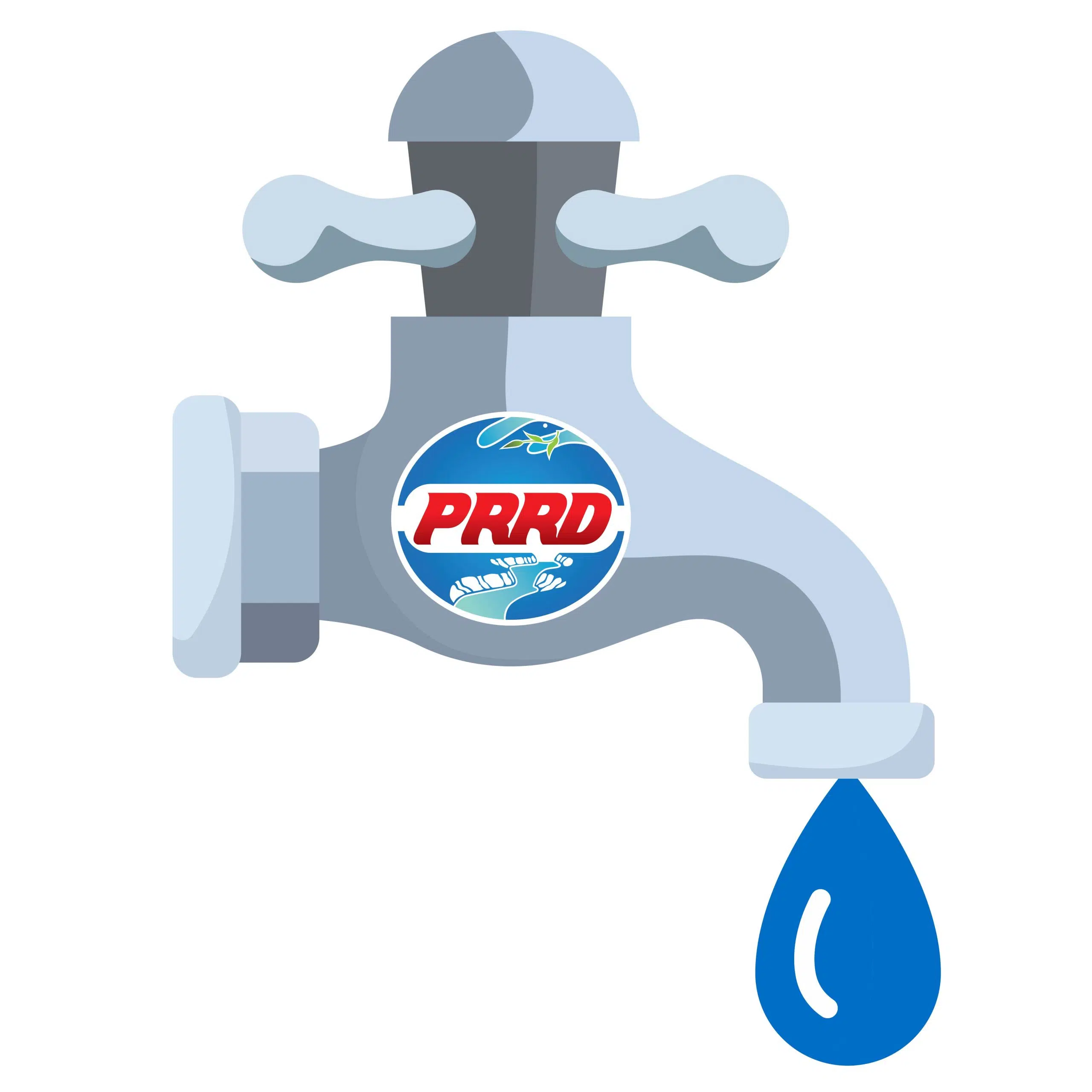
ROSE PRAIRIE, B.C – The Rose Prairie potable water station’s full-scale expansion moves forward after the approval of $600,000 for the project.
The Peace River Regional District Board green-lit the funds highlighted in the 2021 capital budget draft during a Thursday meeting. This comes after a recommendation from the Rural Budgets Administration Committee.
Now that the pilot is complete, the site is due for an expansion for approximately $400,000, according to the report presented to the District.
The estimated amount accounts for design, capital construction, expanded storage and infrastructure costs.
The District has budgeted the extra amount for the transition from pilot to full scale, pilot trailer rental, contingency for design, inflated construction costs, and any additional capital infrastructure that may be required at any of the five potable water stations in Buick, Prespatou, Feye Spring, Boundary, and Rose Prairie.
The PRRD announced it had paid off a $2.9 million loan to build the five stations, which opened in 2019.
Paying off the loan with funds from the Peace River Agreement and gas taxes will save residents paying interest payments of approximately $887,400, which is on top of the principal costs.

Refer also to:
2001: Encana/Ovintiv starts risky super shallow gas frac’ing at Rosebud, Alberta.
2004: Encana illegally frac’s directly into Rosebud’s drinking water aquifers, in secret.
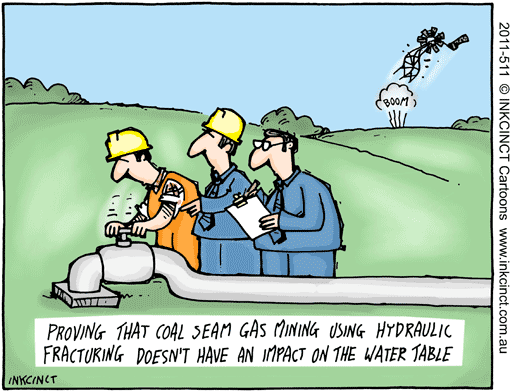
2006: Bruce Jack Private water well explosion at Spirit River, Alberta

“They’ll frack each well up to 20 times. Each time the pressure will shudder and bang the pipes in the wellbore. The cement is hard and the steel is soft. If you do it all the time you are going to break bonds and cause leaks. It’s a real major issue. ”

Same in BC with the OGC

2013: The Science Is Deafening, Industry’s Gas Migration: Brief Review of Threats to Canada’s Groundwater from the Oil and Gas Industry’s Methane Migration and Hydraulic Fracturing A Public Interest Project by Ernst Environmental Services
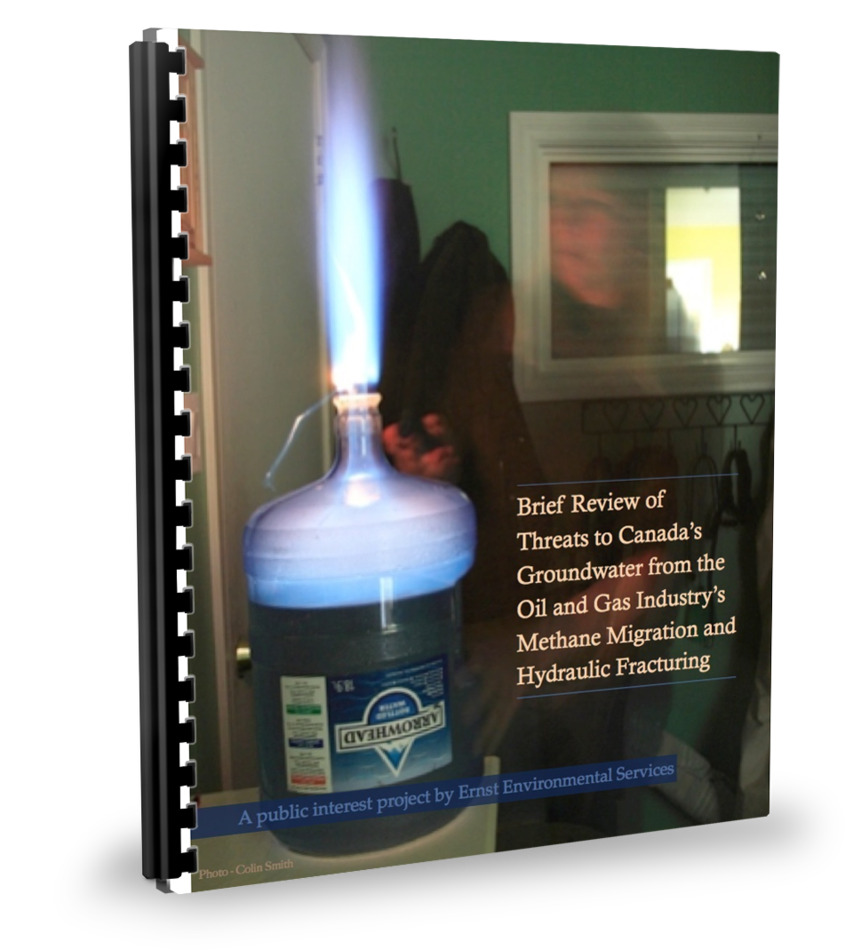
2014: Gas Minister’s Leaky Well Comments ‘Ignorant,’ Scientist Says, Cornell engineer takes issue with Coleman’s claim that BC is leak-free by Andrew Nikiforuk, The Tyee.ca

2017: Despite What Politicians Say, Hundreds of BC Gas Wells Leak Methane, Industry regulator withheld data from government for four years by Andrew Nikiforuk, The Tyee.ca


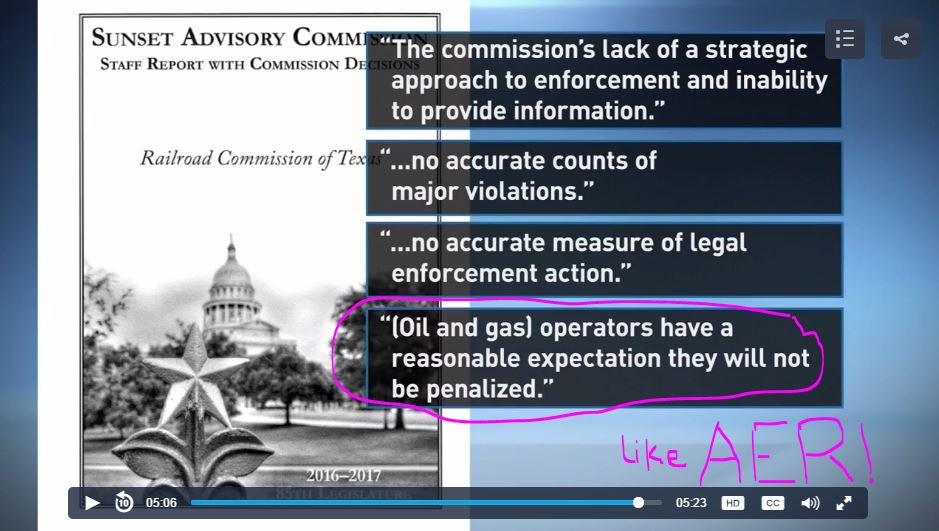
And like OGC in BC
